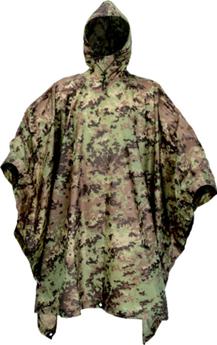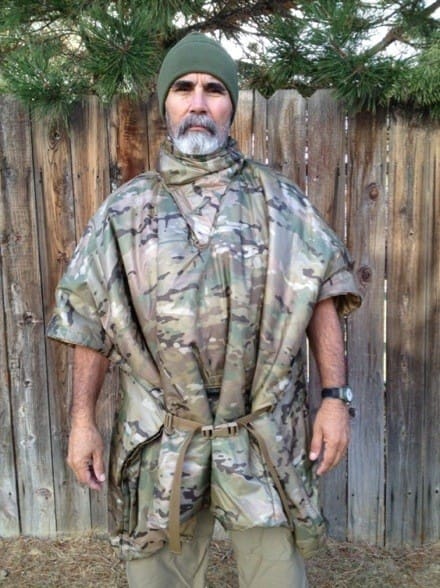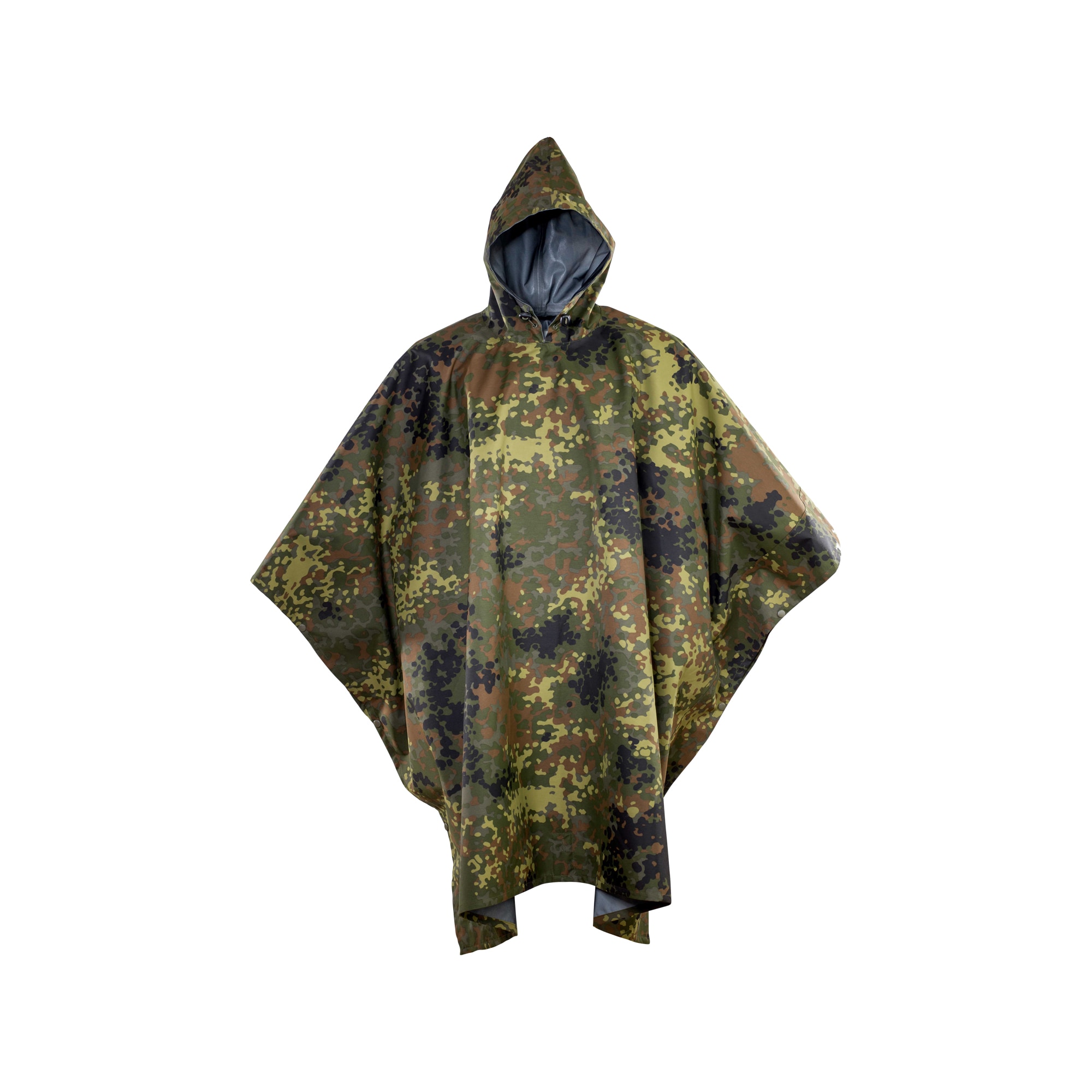I currently think about how to upgrade my equipment for exceptional cold weather. Exeptional cold can mean in eastern Germany -25*C. That doesn't happen every year but it can happen.
My Snugpak Special Forces 2 bag sleep system goes until -20*C as lowest recommendation. There are missing 5*C.
But I also use my stuff in southern France in the summer, where a sleeping bag that's lighter than 1 kg is a good idea. The SF1 can become too warm there in the summer. I usually use the Snugpak jungle bag there and usually that's enough.
Do you think the Defcon 5 poncho liner would be a good investment for me?
They tell here it would be 210 cm x 168 cm but the rain poncho - which I already own, but currently can't measure to check it - seems to be 200 x 168cm.
One or the other declared measurement seems to be wrong.
I guess both fit of course together.
I could put in extreme cold weather the poncho liner in between my both sleeping bags.
The poncho liner could also be used as additional layer in hiking intermissions or in the evening around the campfire like a blanket if it is cold.
But I could use it in very warm conditions also instead of a summer sleeping bag. And in such conditions the camouflage pattern would blend very well in Mediterranean vegetation.
Do you have experiances with such stuff?
Do you find that handy in extreme cold and also very warm conditions?
What do you think about such poncho liners generally?
Does someone own it perhaps or use something similar?

 www.defcon5italy.com
www.defcon5italy.com

 www.defcon5italy.com
www.defcon5italy.com
My Snugpak Special Forces 2 bag sleep system goes until -20*C as lowest recommendation. There are missing 5*C.
But I also use my stuff in southern France in the summer, where a sleeping bag that's lighter than 1 kg is a good idea. The SF1 can become too warm there in the summer. I usually use the Snugpak jungle bag there and usually that's enough.
Do you think the Defcon 5 poncho liner would be a good investment for me?
They tell here it would be 210 cm x 168 cm but the rain poncho - which I already own, but currently can't measure to check it - seems to be 200 x 168cm.
One or the other declared measurement seems to be wrong.
I guess both fit of course together.
I could put in extreme cold weather the poncho liner in between my both sleeping bags.
The poncho liner could also be used as additional layer in hiking intermissions or in the evening around the campfire like a blanket if it is cold.
But I could use it in very warm conditions also instead of a summer sleeping bag. And in such conditions the camouflage pattern would blend very well in Mediterranean vegetation.
Do you have experiances with such stuff?
Do you find that handy in extreme cold and also very warm conditions?
What do you think about such poncho liners generally?
Does someone own it perhaps or use something similar?

DEFCON 5 PONCHO LINER VEST - D5-PL02 - Jackets - Defcon 5 Italy
D5-PL02 - DEFCON 5 PONCHO LINER VEST - Jackets

DEFCON 5 WATER PONCHO - D5-PO-02 - Jackets - Defcon 5 Italy
D5-PO-02 - DEFCON 5 WATER PONCHO - Jackets
Last edited:


